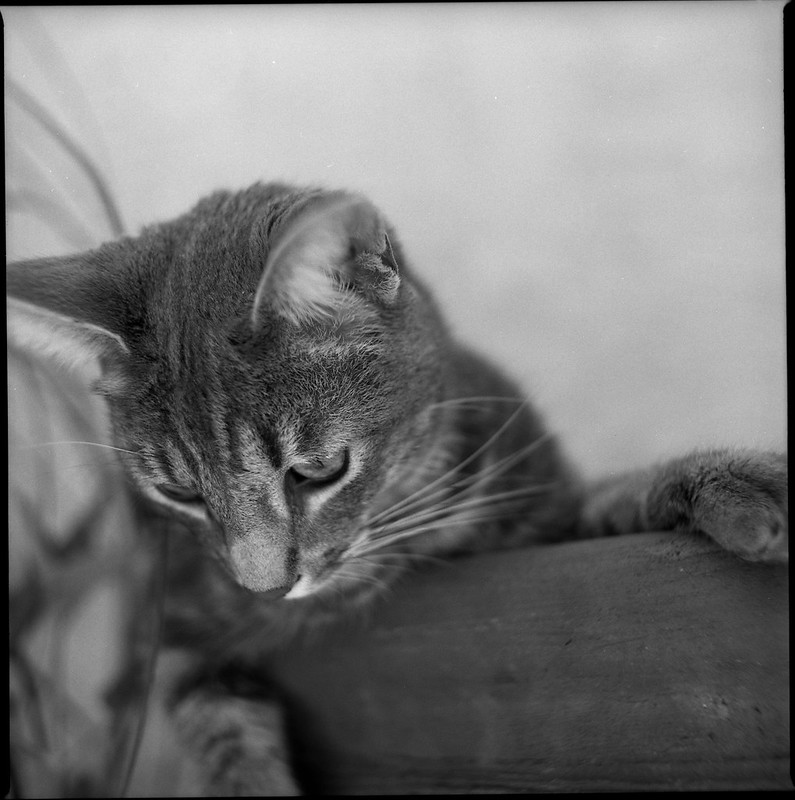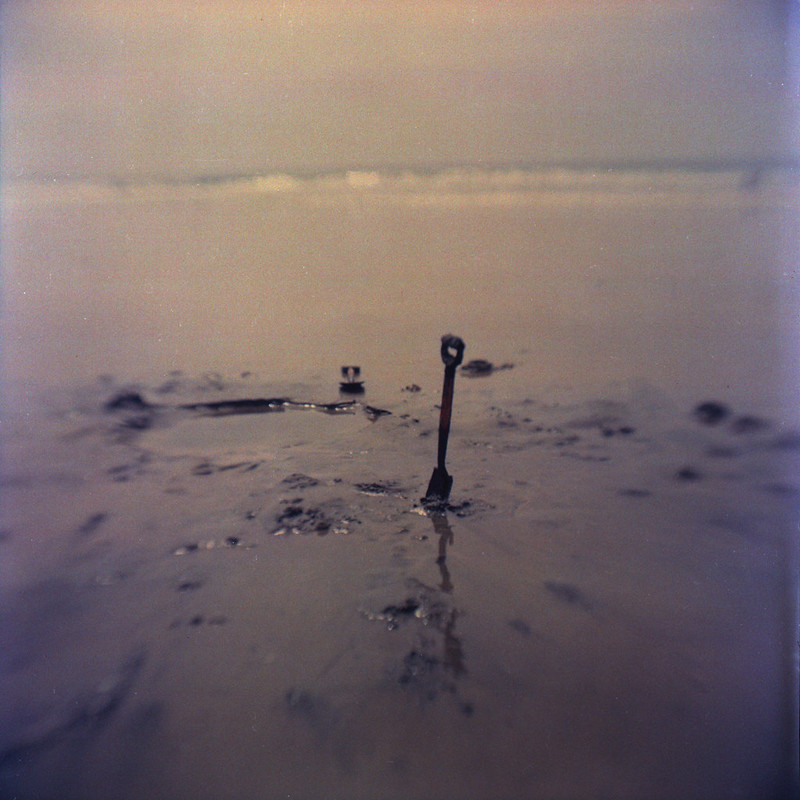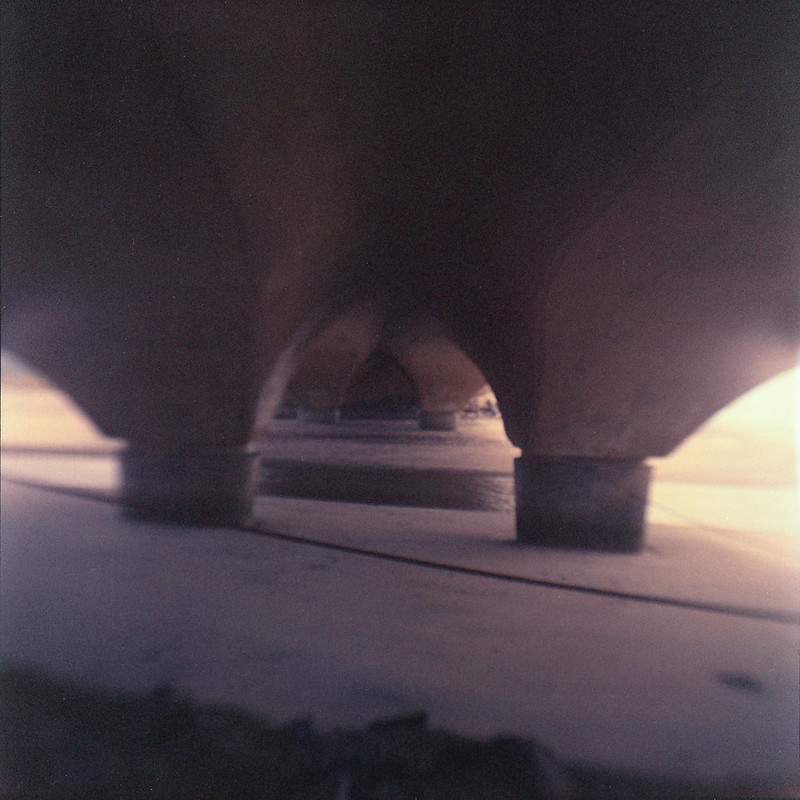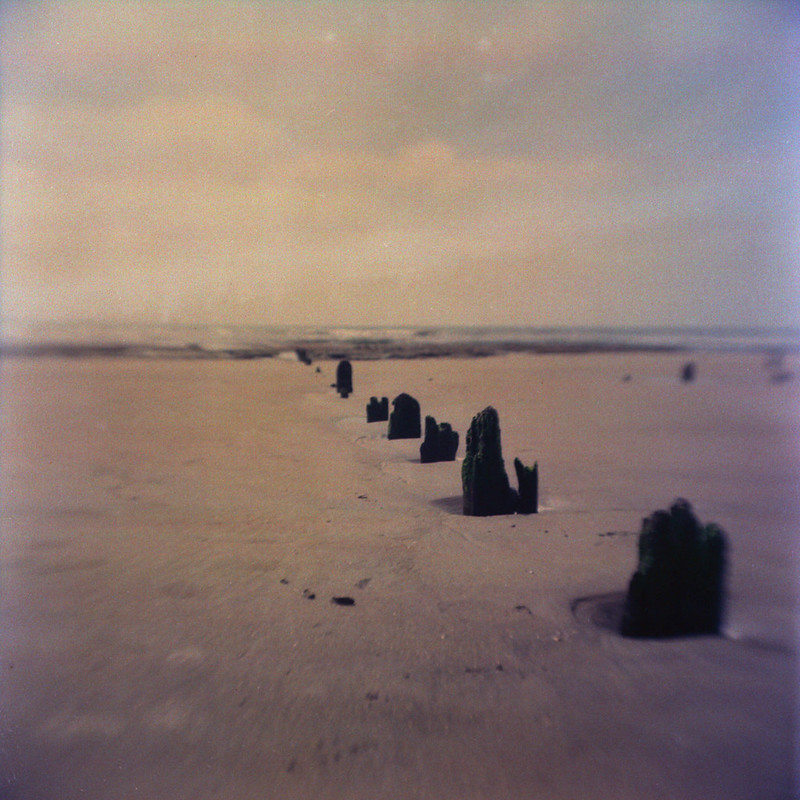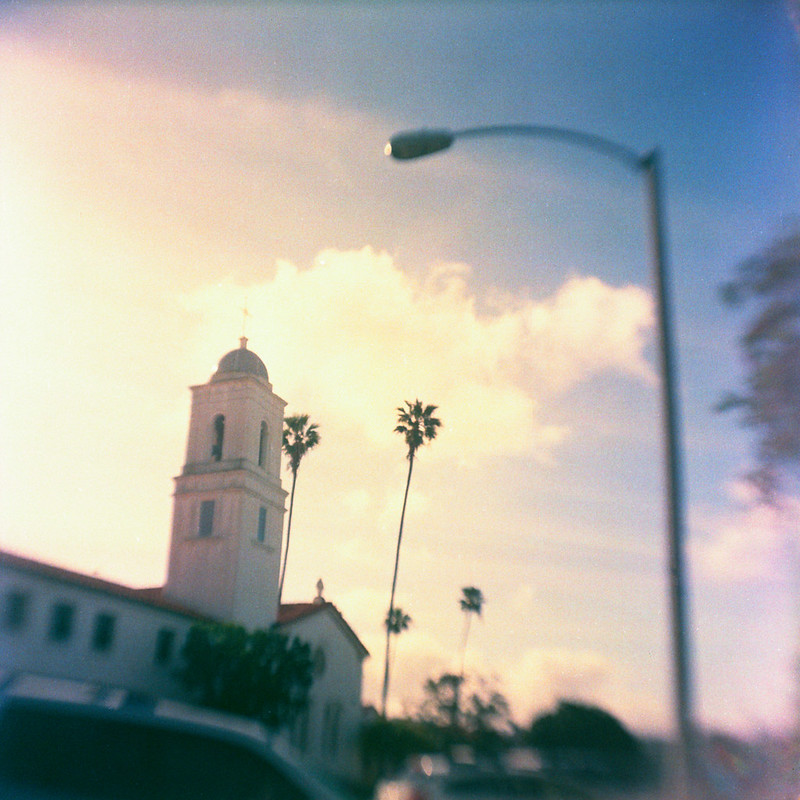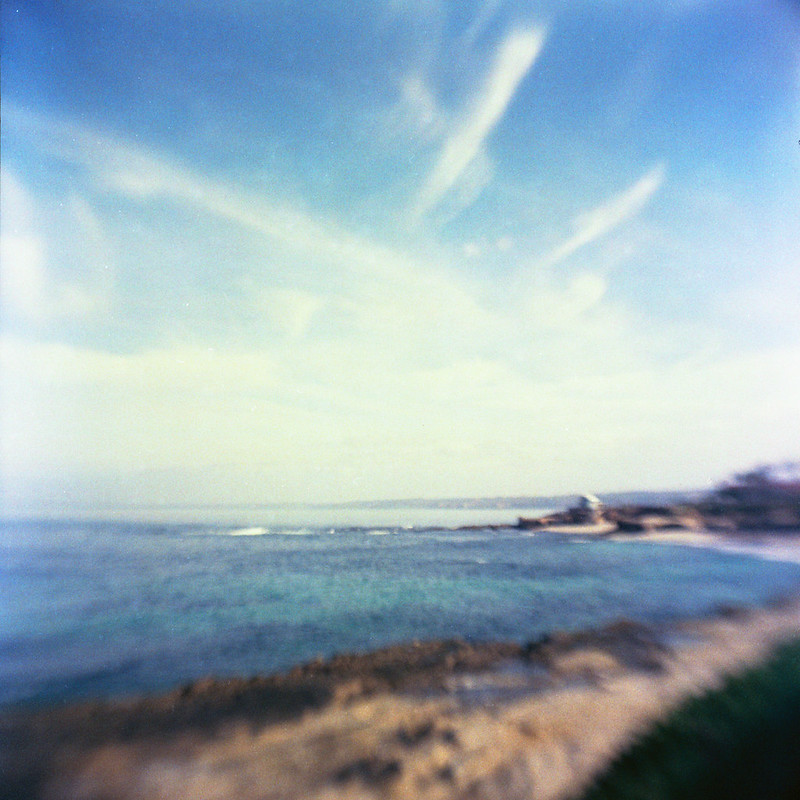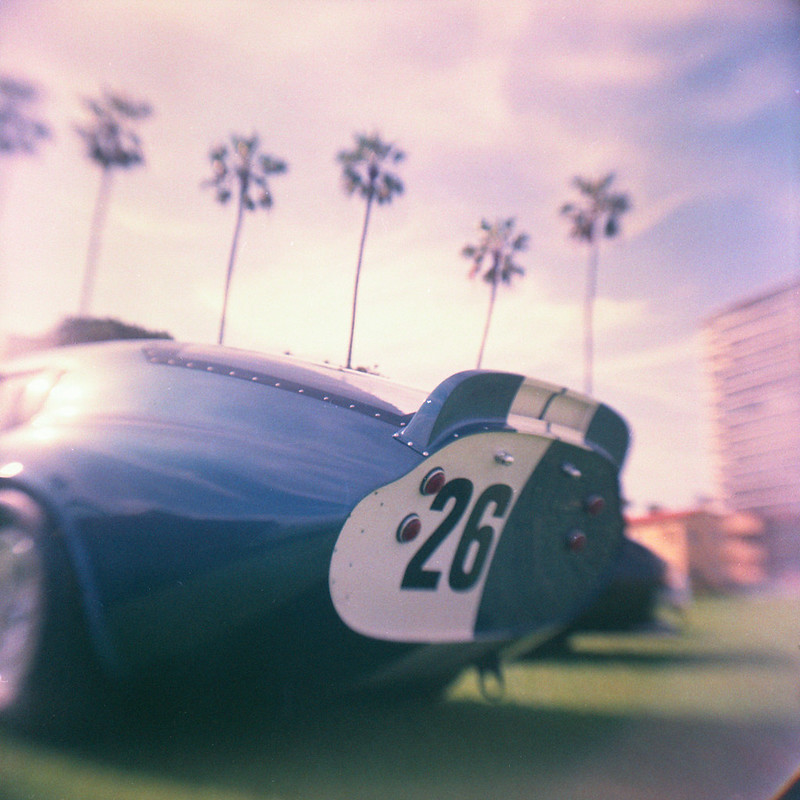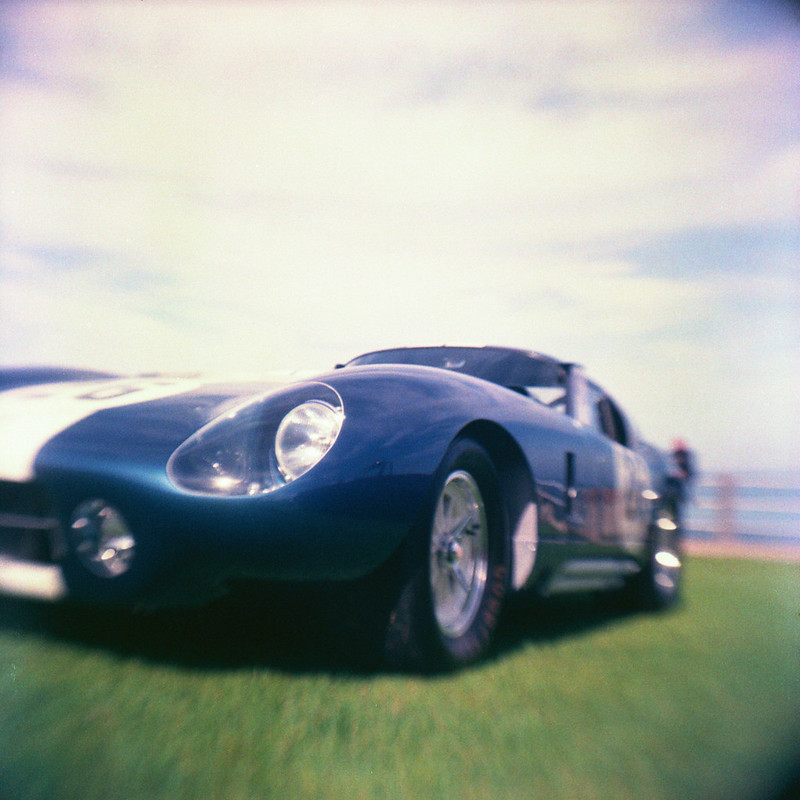The next question was "Which developer will make the best negatives?" My go-to is Parodinal (DIY Rodinal), then My-tol (DIY X-Tol), but for this I thought I would try an off-the-shelf developer. So I bought my first bottle of HC110. This is a legendary developer for those who wade into the miry waters of long-expired film. It does a good job developing the exposed silver without bringing up the base fog. I thought I would give it a try on this odd-ball film to see if I could coax some length into the tonal range. So I tried a high dilution (Dil. J) which is 1:150. For the first go-round I thought I would do tray development under safe light since I had no idea how long I would need to develop this stuff. As it turns out it's still hard to see how far the development has progressed, so it's still largely a guess. My first try I shot at iso 6 (by accident) I pulled at 6 minutes. That seemed really short, but I could see an image and didn't want to over-develop (I'm scanning, not wet printing). Here's the result:
That looks pretty good off the scanner. If I zoom waaayyy in, there is no detail in the darkest shadows. In fact, you can see the weird 'plaid' pattern of the substrate. That means there is really no exposed silver there and it happens with thin negatives, but at 'sharable' resolutions, it looks fine. It is too thin to ever use for either contact printing or wet enlargement. IT's okay. I got an image with a full range of greys and little to no grain at all. I'll count that as a success.
I have in the past added a little bit of Parodinal to dilute developers to give them a 'boost' and put some meat on otherwise bony negatives. So next I added the same amount of Parodinal as HC100 (1:150 of each, bringing the 'developer' dilution down to 1:75). I also bumped the iso down to 1.5. This negative is definitely lower in contrast, but not really more dense. You can also see the fog rolling in around the edges. This is heading in the wrong direction.
Finally, I shot one at iso 0.8 like Mike Rasso. It just exaggerated all of the problems with the previous one. There is definitely a LOT more experimenting to do with this film to get it where I want it. Good thing I have 600 sheets of it!!




